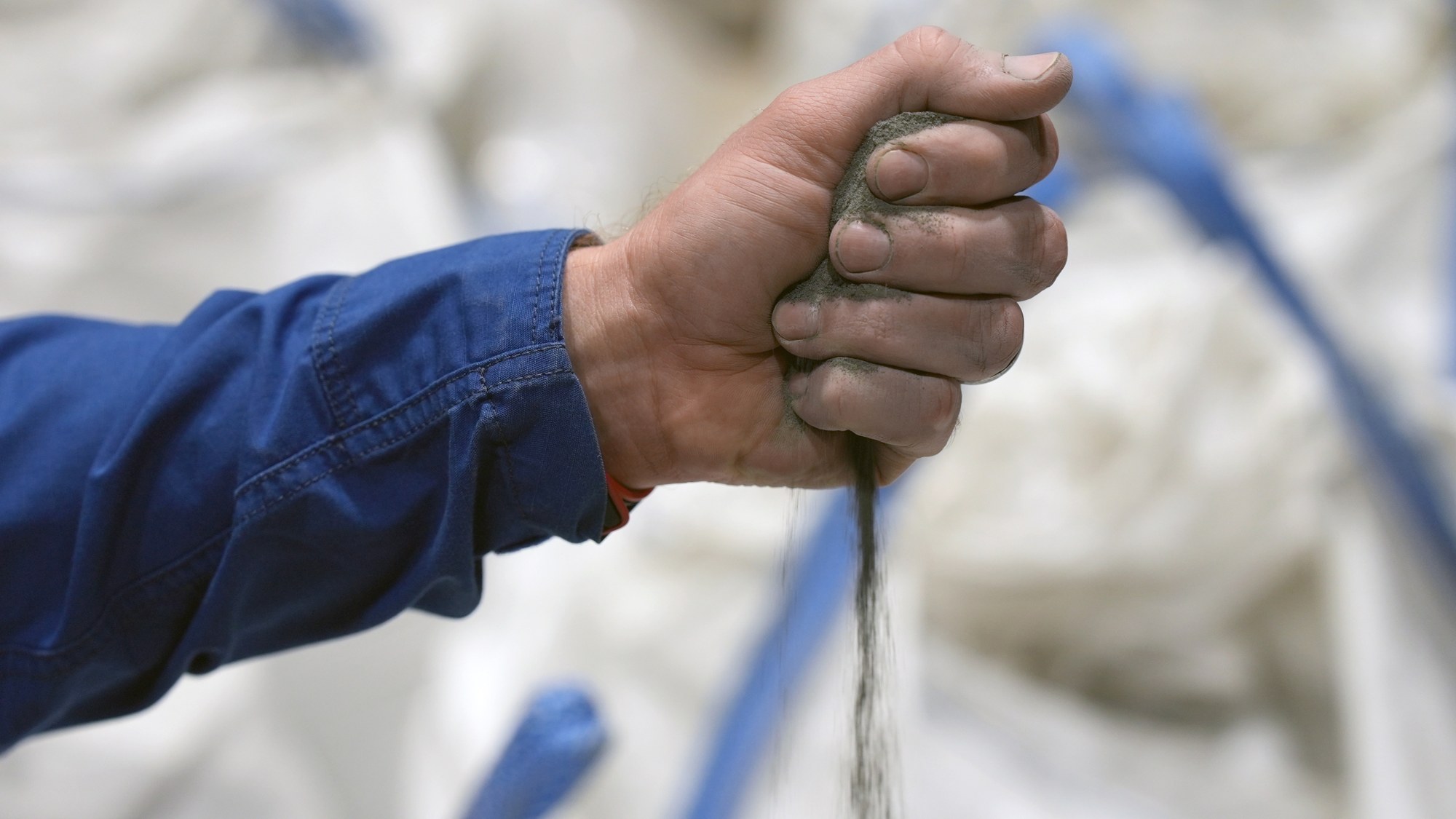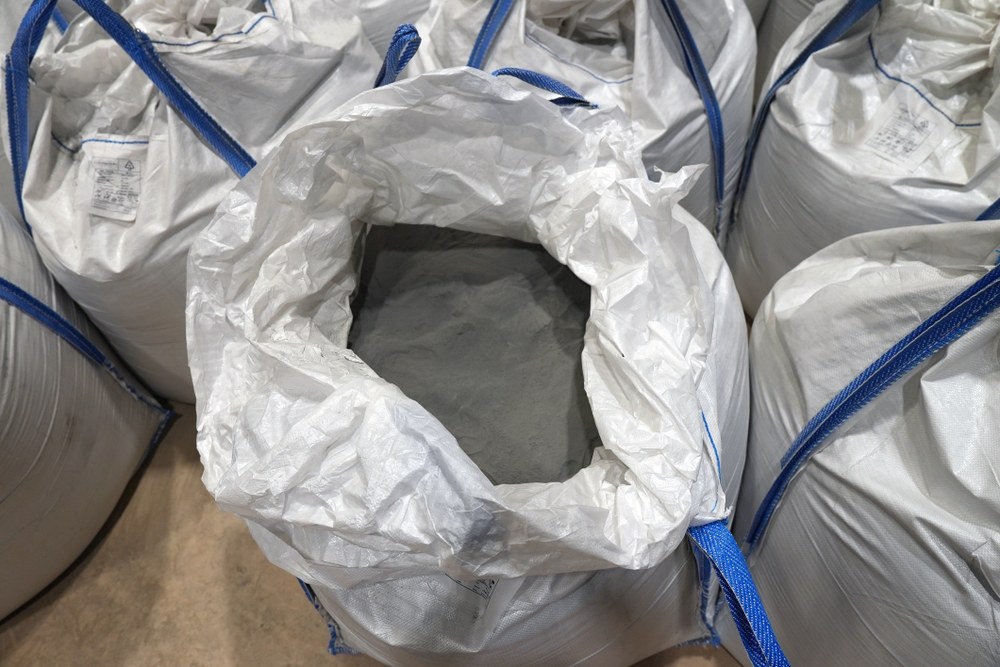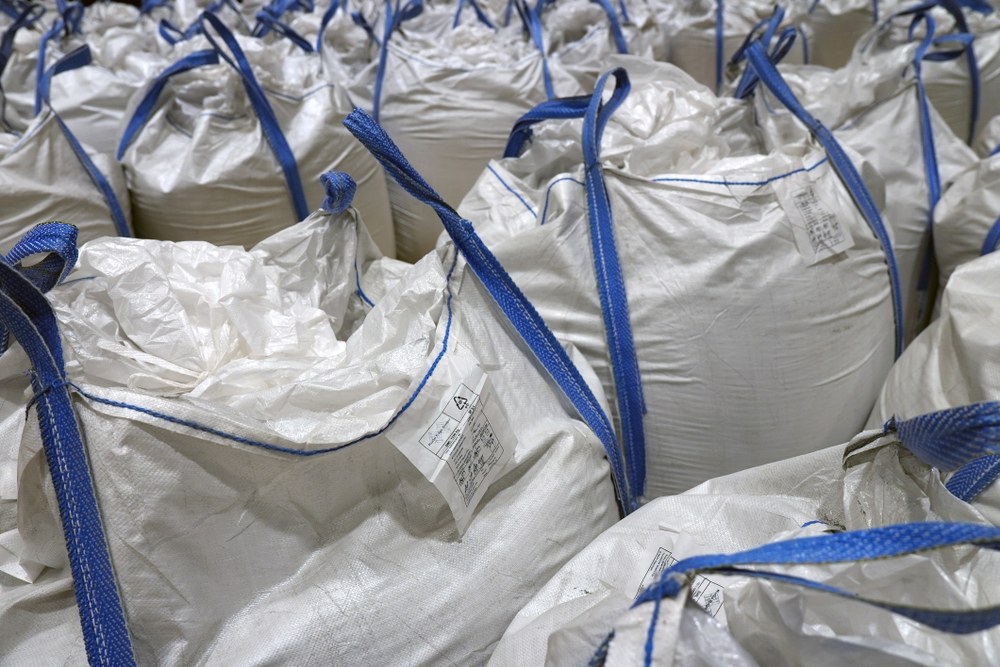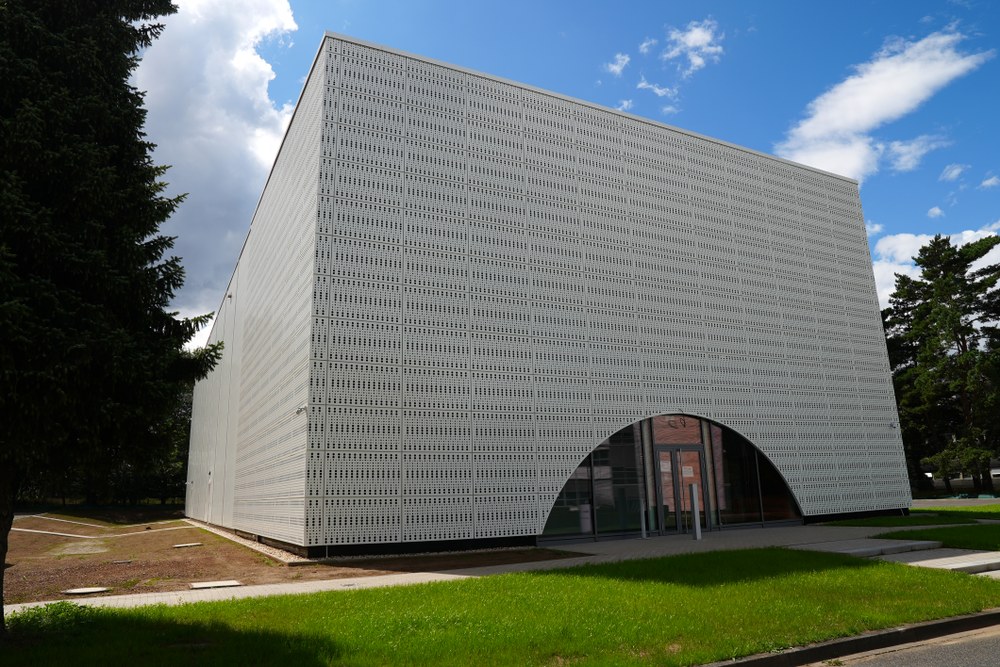A new lava tunnel and tonnes of regolith: There's dust in the LUNA hall!
In Bavaria, where I work as the project manager for LUNA, it's colloquially said that there is 'dust' when something significant is happening. This metaphor perfectly describes the current state of the LUNA hall, set to open in September 2024. At present, there's a great deal of activity requiring meticulous coordination via schedules and weekly planning meetings, to ensure that we don't stand on each other's toes and can get everything done in the correct order. Every day, tonnes of regolith – 'Moon dust' – arrive in large bags, which we have so far stored unopened in the hall, following an ingeniously precise scheme.

The hall also needed another thorough cleaning, sensor installations and a fibre optic cable for seismic measurements, laid between bags that meander across the entire floor. At the bottom of the 'deep floor area' – a three-metre-deep trench in the hall floor, we aim to simulate a lava tunnel. For this, a colleague has been constructing a corresponding structure with polystyrene panels and concrete. Simultaneously, our experts have been carrying out installations on the floor segment, and last Friday several members of our LUNA project team completed training as 'indoor crane operators', which also had to be precisely scheduled in.
Since Thursday, there has been literal dust in the hall. Almost 55 years to the day after the first person 'kicked up dust' on another celestial body (20 July 1969), our simulated lunar surface is also acquiring its dusty character. We had been putting this off for a long time because, from this point on, protective equipment must be worn at all times in the hall. However, we simply had no more room for additional bags, so we have started to empty them of regolith.
First we will fill the deep floor area, burying artefacts at various depths for future tests and experiments. These include Plexiglas elements that simulate water ice hidden beneath the surface for experiments with radar instruments. As in the past, it was an astronaut who 'kicked up dust for the first time' – on the Moon, it was Neil Armstrong; here in LUNA, it is the German ESA astronaut Matthias Maurer. Dressed in full protective gear, he opened the bags from the bottom as they hung from the crane, and let the regolith flow out. Compared to me, Matthias' chances of kicking up dust on the actual Moon are quite promising – I am certainly keeping my fingers crossed for him!
So, now, the Moon has finally risen for us in the LUNA hall, and we will be walking through lunar dust dressed like astronauts. Woe betides anyone who does not adhere to the safety regulations – then there will be 'dust'!
Tags:




